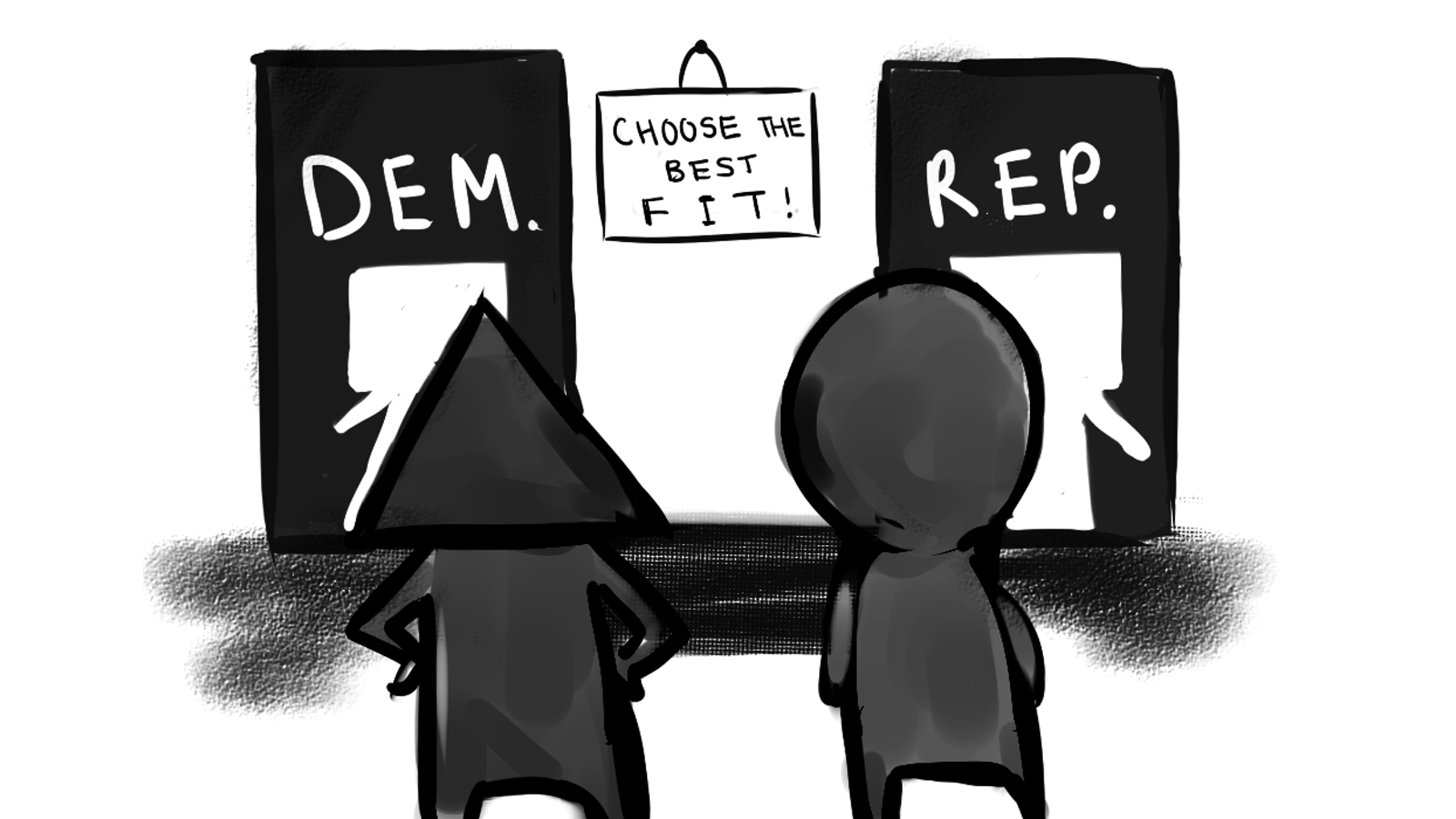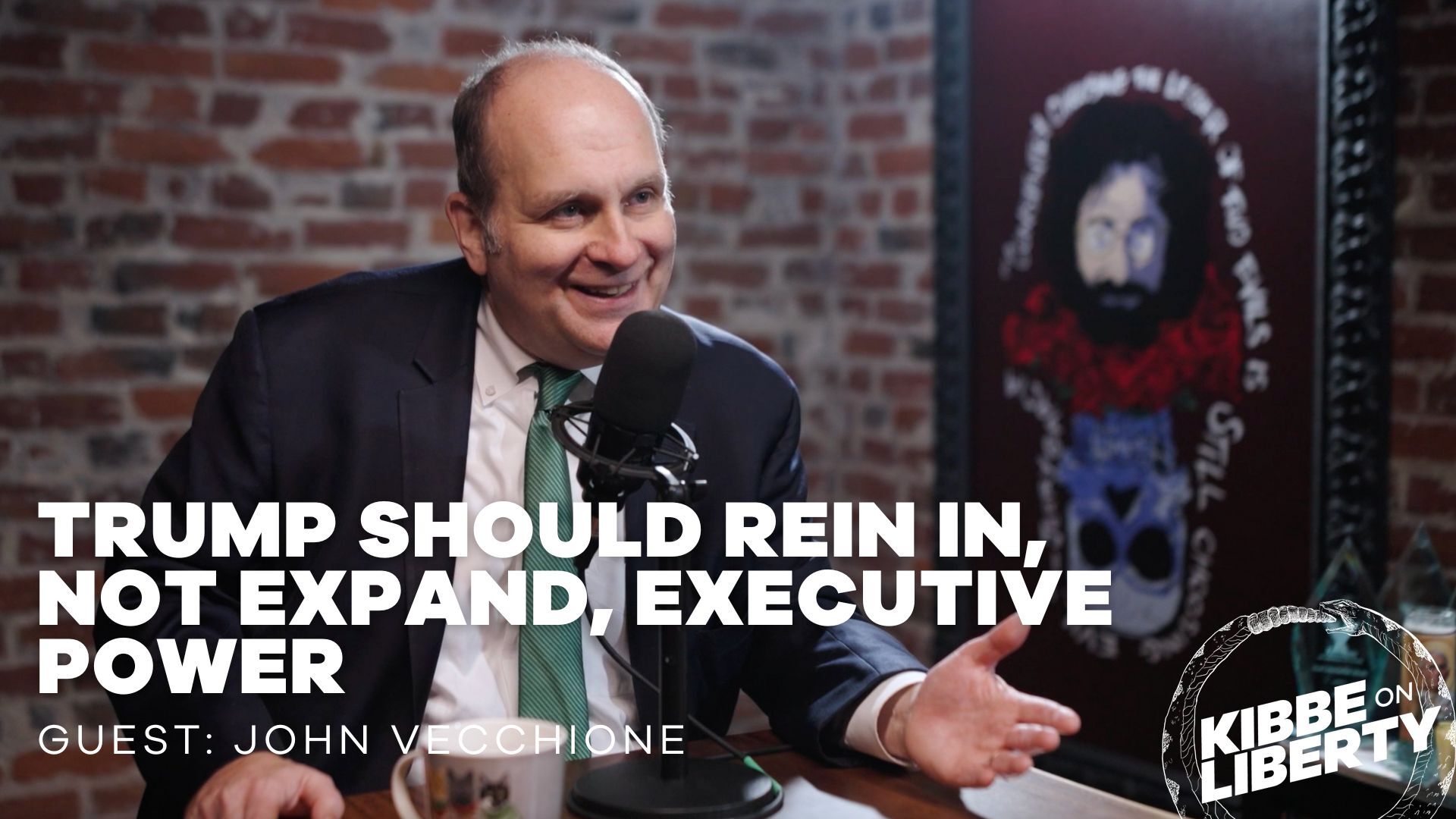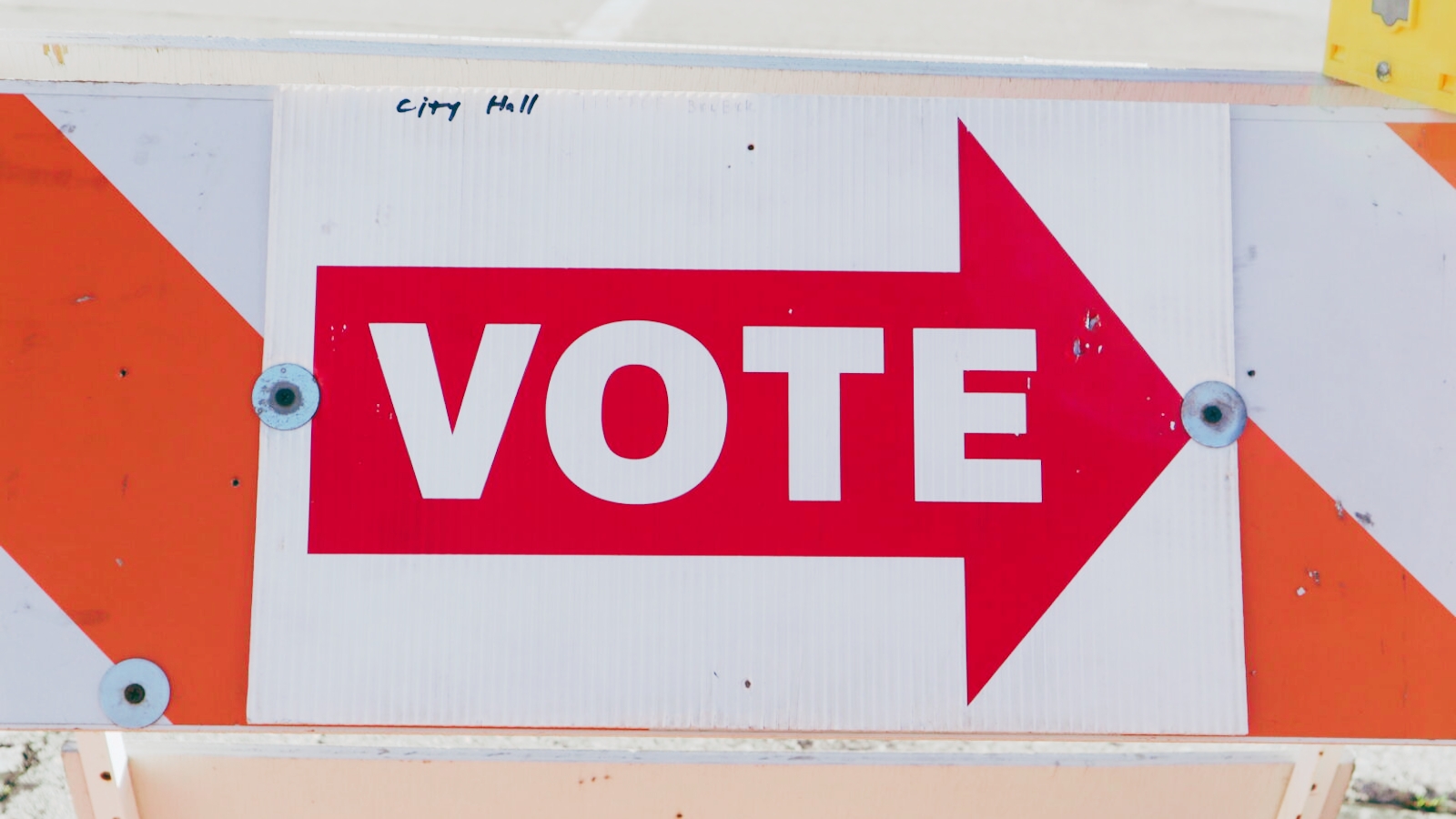
Factions, Outsiders, and the Decay of the Two-Party System
Election season always brings out influential figures from all corners of the political spectrum, but the past few cycles have seen a sharp increase in the divides between political ideas. From figures like Bernie Sanders to Joe Biden and even Donald Trump himself, political ideas have become so diverse and distinct that a mere two parties isn’t sufficient. The growing prominence of political outsider figures and intra-party factions illustrates that political ideas are becoming complex enough that a two-party system won’t be sustainable for long.
As has been true for essentially the past decade, more voters in the U.S. identify as independents than as Republicans or Democrats, and that number is once again on the rise.
But ask any independent voter and you’ll find that it’s not that they don’t want to belong to a political party—it’s just that their beliefs are too eclectic for either of the two overly simplistic parties that have dominated public policy and discourse since their formation.
Take Hawaiian Rep. Tulsi Gabbard—who recently met the tougher qualifications for next week’s presidential debate but may boycott it to protest the DNC yet again—and the voters she represents. She’s opposed to “neocon war hawks” and supports the impeachment inquiry into Trump’s phone call with the president of Ukraine, but she’s also received praise from conservatives for her critique of Barack Obama’s foreign policy and her lawsuit targeting Big Tech censorship of right-leaning voices. As a representation of voters across the country, Gabbard doesn’t fit neatly into the Democratic nomination for which she’s running.
Nor does Marianne Williamson, the spiritual author vying for the same nomination. She’s a political outsider and a self-avowed leftist if there ever was one, but you’d be forgiven for mistaking her as a conservative after she blasted Democrats for mocking “thoughts and prayers” and opined that the party has become overly secularized. She’s also stood up for conservative ideals like free speech and debate and complained on a hot mic that liberals are more intolerant than conservatives—and yet went viral for saying that Trump is a “dark psychic force” spreading “collectivized hatred.” While Williamson’s poll numbers weren’t high enough to land her on the debate stage, the fact that her ideas have received praise from liberals and conservatives alike shows the increasingly intertwined nature of political ideas.
But it’s not just the Democrats who have experienced outsiders and factionalism, and it didn’t begin with the 2020 cycle. Trump is essentially the most successful political outsider in U.S. history, tapping into a forgotten voter bloc in 2016 and starting a movement that’s really more populist than it is conservative. After all, a typical conservative wouldn’t drastically increase the yearly deficit for the foreseeable future, impose a market-hurting trade war bucked by a large swath of other Republicans or garner a notable following of LGBTQ+ voters. Since his ascension more than four years ago, Trump has revealed massive fault lines in the GOP, and the president’s growing number of primary challengers—who all lament a loss of party values or principles under Trump—further demonstrates the identity crisis among conservatives.
The Republican Party just isn’t big enough to contain all of the complex voters it claims to represent. A schism is long overdue.
Conservatives also face a more philosophical than political divide, demonstrated by the recent debate between Sohrab Ahmari and David French at Catholic University. That ideological conservatives can’t agree upon a more authoritarian approach to maintaining morality in the public square (à la Ahmari) vs. a hands-off libertarian methodology maintaining viewpoint neutrality (à la French) suggests a growing need for a broader system of political representation.
Liberals, too, face an ideological impasse that, like Trump’s populism, began in earnest during the 2016 cycle. Sanders’ explosion onto the Democratic scene started a socialist intra-party wave that continued in 2018 with the election of Alexandria Ocasio-Cortez and her ilk. It’s only gotten larger in 2020, adding to its ranks folks like presidential frontrunner Elizabeth Warren. Now, an endorsement from Warren or AOC feels more like a stamp of approval from a second liberal party than a show of support for a united Democratic front.
While the values and beliefs of the electorate nationwide have always been too diverse for a two-party system, the rapid ascension of outsiders and factions in the past few cycles have shown just how deep the fractures go. The Republican and Democratic National Committees will undoubtedly continue their stranglehold on politics for as long as they can, but these recent movements show no signs of slowing down. Under such intense pressure, the decaying two-party system might finally collapse and give way to an intertwined tapestry of parties as varied and complex as the electorate they represent.
Free the People publishes opinion-based articles from contributing writers. The opinions and ideas expressed do not always reflect the opinions and ideas that Free the People endorses. We believe in free speech, and in providing a platform for open dialogue. Feel free to leave a comment.



